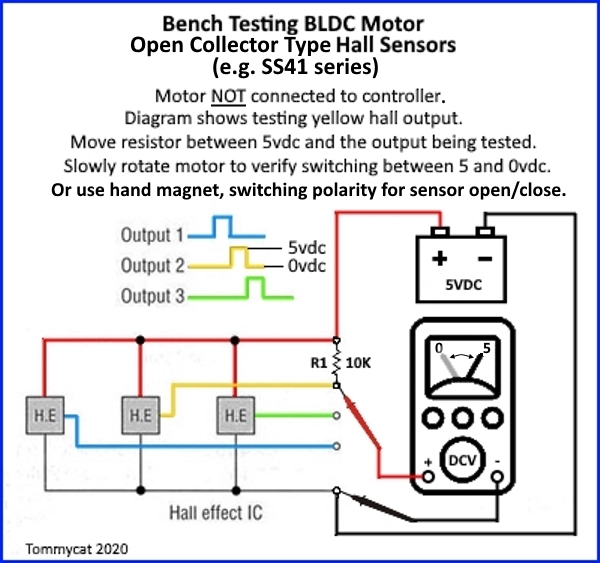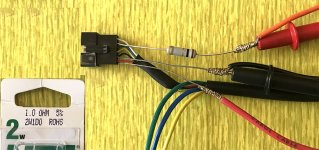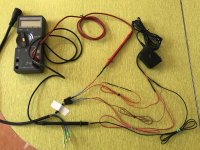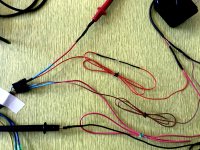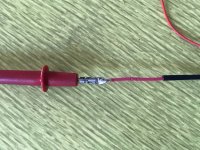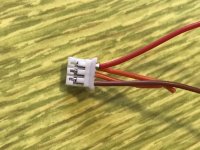rick_p
100 W
Hello,
My ebike, which is powered by a BAFANG RMG06 48 volt 750 watt rear hub motor, sometimes works normally and sometimes it doesn't. When it works normally, it's fast, powerful, and quiet. Here are the symptoms when it acts up. With a fully charged battery I turn the bike on and everything lights up like normal, except there is no power to the wheel via throttle or pedal assist. Here is what is strange, if I roll the bike backwards a foot or so and then hit the throttle, it tries to go, you can feel a little pulse from the motor but then it cuts off immediately. If I repeat this process, but instead of using the throttle I just start peddling, it will try to kick in but it makes a growling noise, at which point I pull the brake lever to kill the power to the motor because that is, it can't be good for the motor. The bike doesn't have a throttle only mode by the way, only pedal assist and throttle mode together. If I give up on trying to get the motor working and just simply peddle the bike, it will sometimes kick in at some random amount of time, and from that point run normally. My first thought was it has a bad controller, but when I discovered the rolling backward thing I started questioning that thought and starting thinking it's a motor problem. Has anyone experienced any of these symptoms? All thoughts and suggestions welcome of course.
Thanks, Rick
My ebike, which is powered by a BAFANG RMG06 48 volt 750 watt rear hub motor, sometimes works normally and sometimes it doesn't. When it works normally, it's fast, powerful, and quiet. Here are the symptoms when it acts up. With a fully charged battery I turn the bike on and everything lights up like normal, except there is no power to the wheel via throttle or pedal assist. Here is what is strange, if I roll the bike backwards a foot or so and then hit the throttle, it tries to go, you can feel a little pulse from the motor but then it cuts off immediately. If I repeat this process, but instead of using the throttle I just start peddling, it will try to kick in but it makes a growling noise, at which point I pull the brake lever to kill the power to the motor because that is, it can't be good for the motor. The bike doesn't have a throttle only mode by the way, only pedal assist and throttle mode together. If I give up on trying to get the motor working and just simply peddle the bike, it will sometimes kick in at some random amount of time, and from that point run normally. My first thought was it has a bad controller, but when I discovered the rolling backward thing I started questioning that thought and starting thinking it's a motor problem. Has anyone experienced any of these symptoms? All thoughts and suggestions welcome of course.
Thanks, Rick


